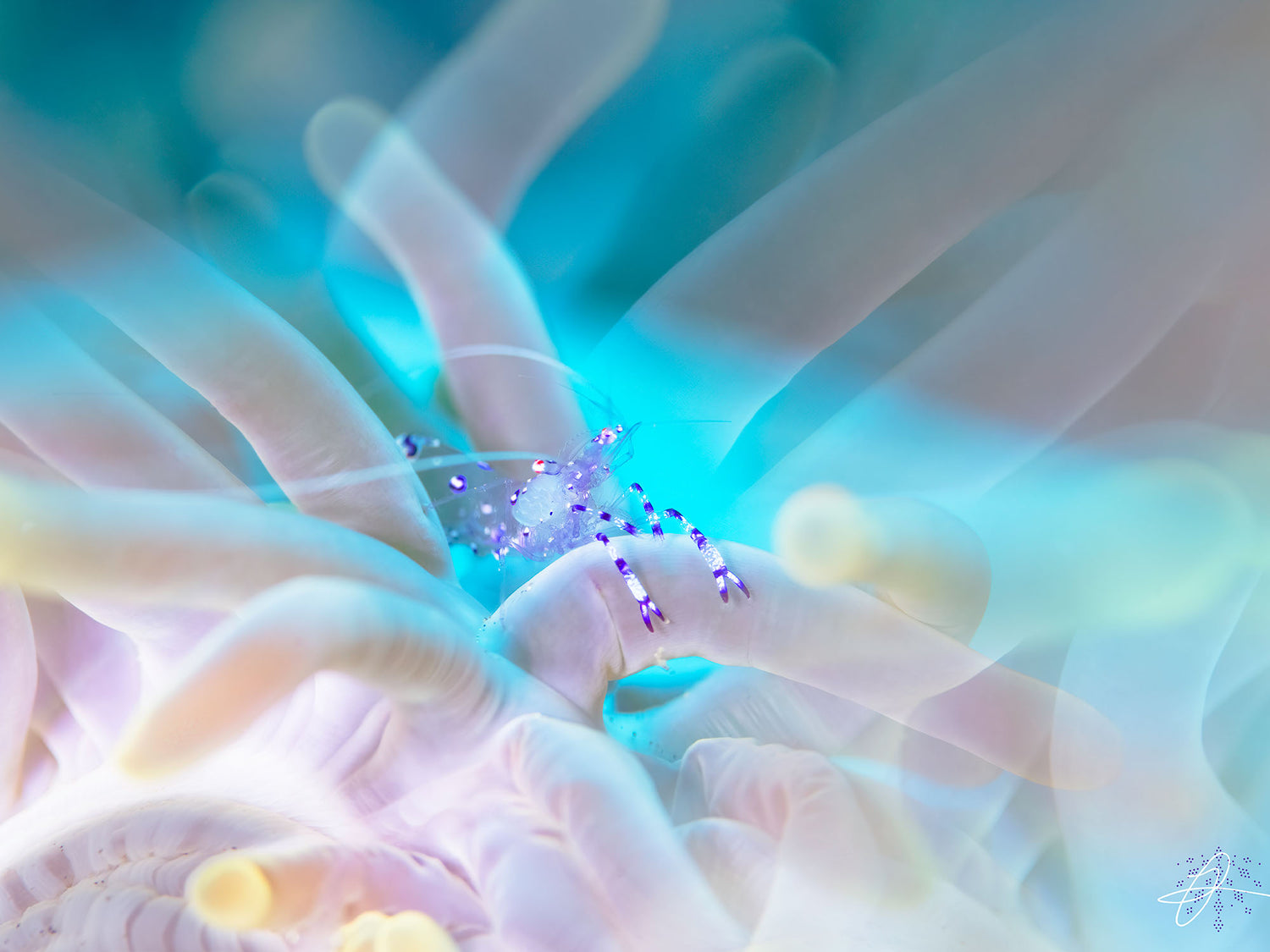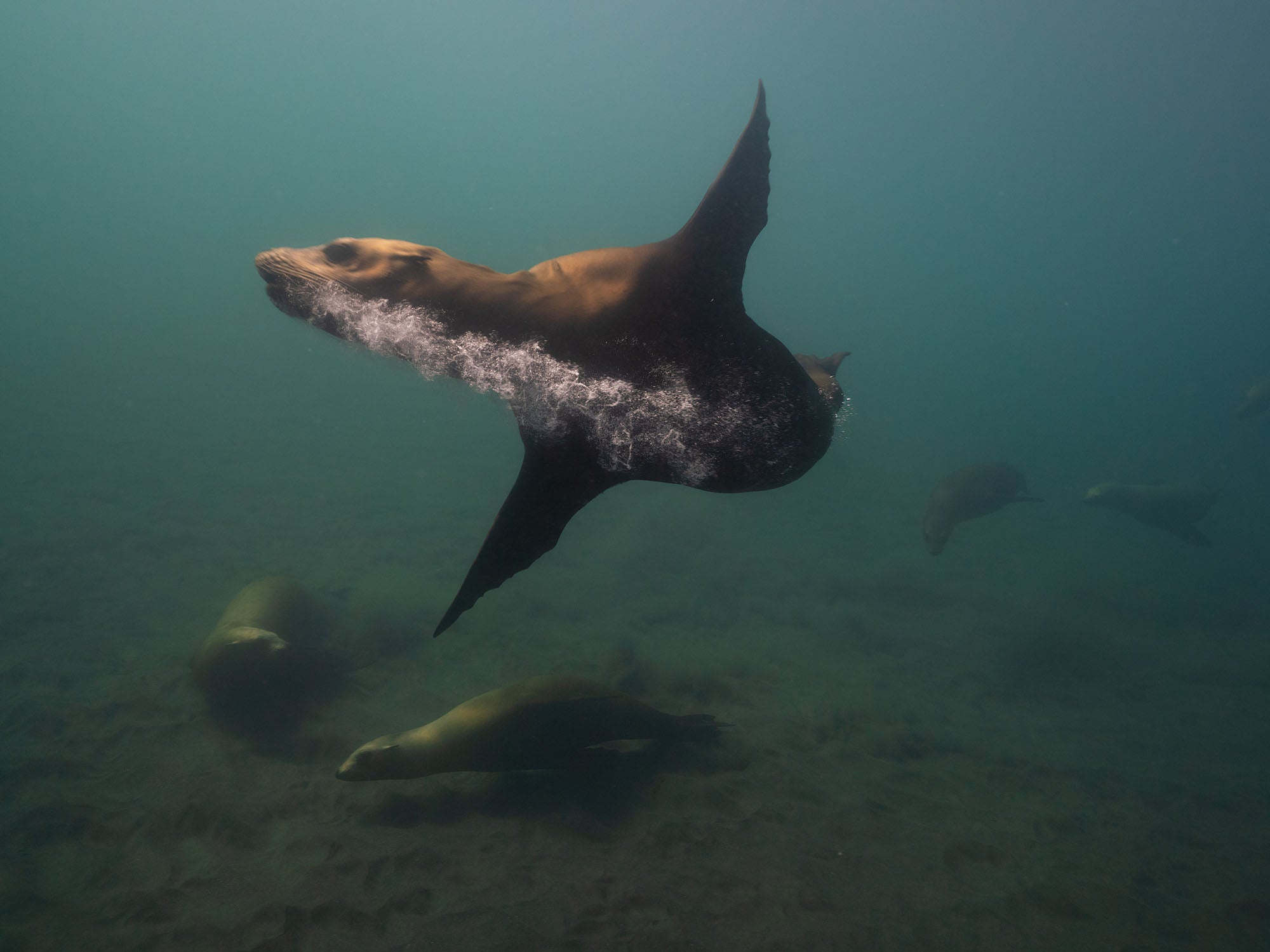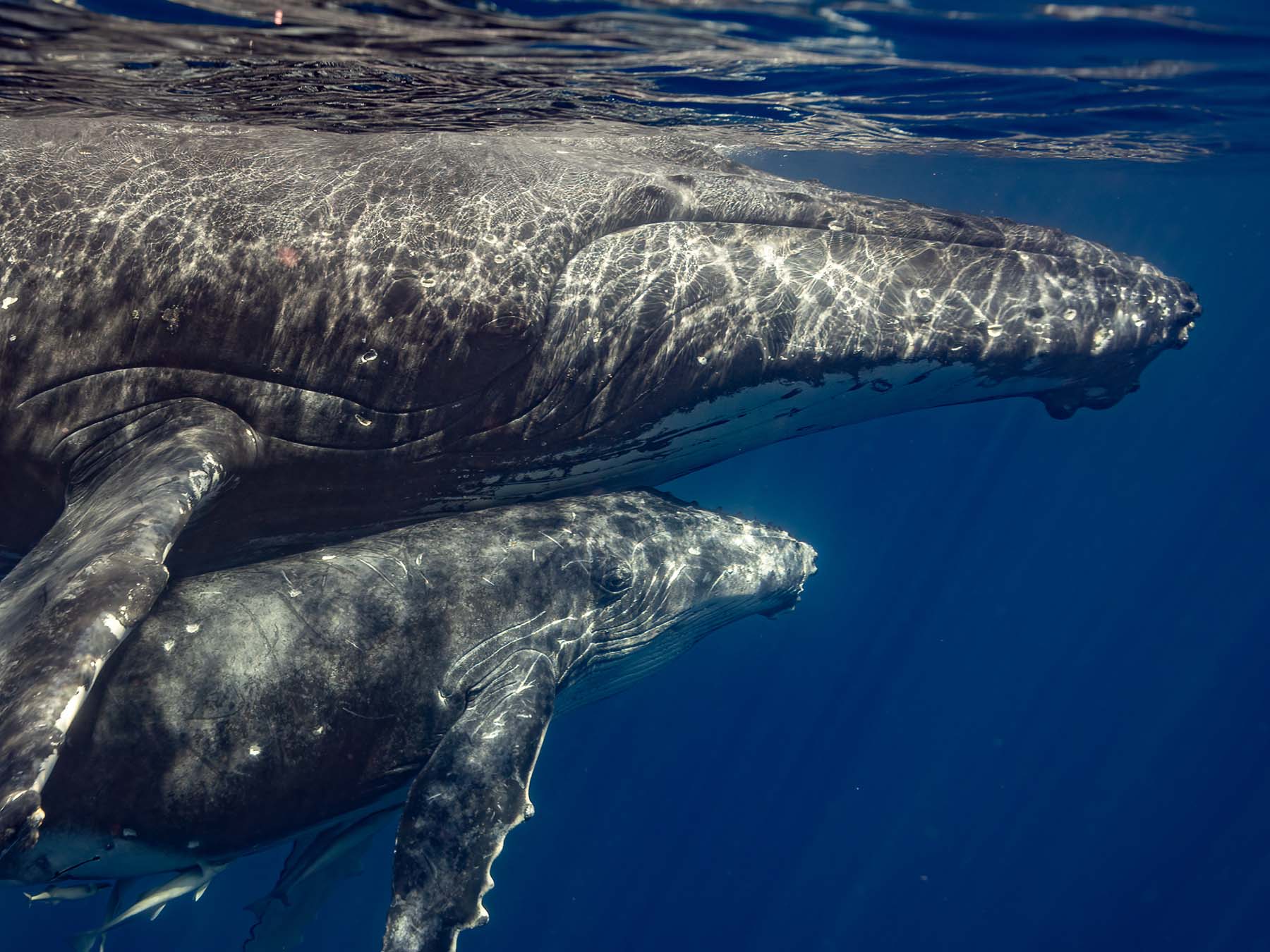My objective is to find an impactful balance between sharing images of the Ocean’s beauty, with the reality of its diminishing health. I hope to convey that all of the marvels of the natural world, particularly ones found in our Oceans, are worth fighting for in whatever capacity each of us can contribute.
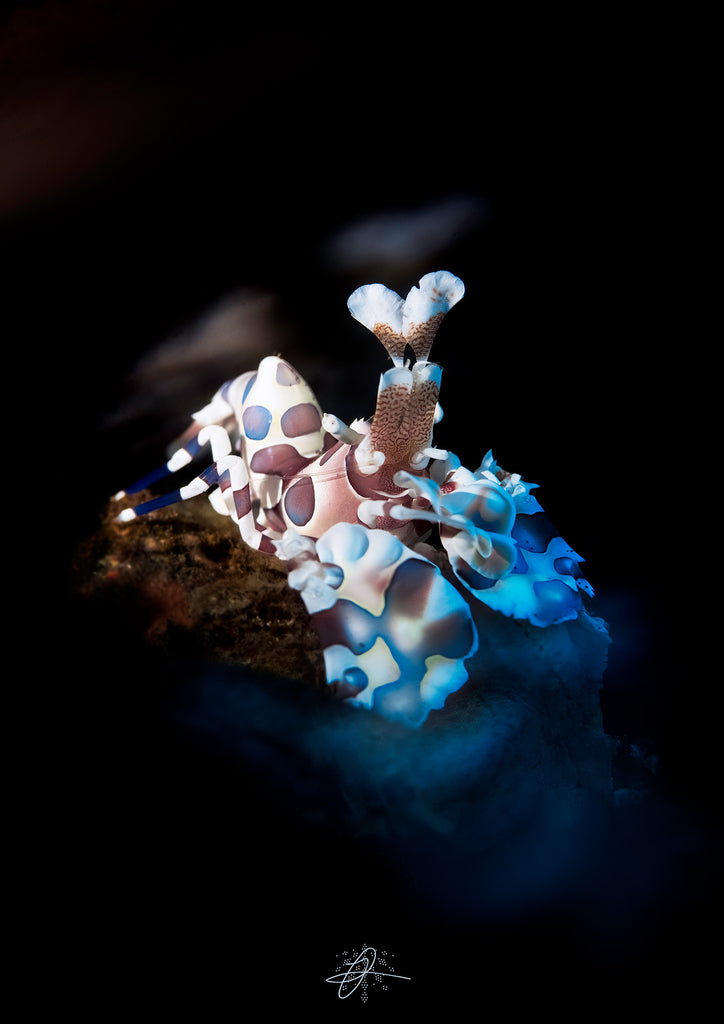
Ice Cream // A full-grown female Harlequin Shrimp. This species can grow to around 5cm in length, and are typically found throughout Indo-Pacific waters. They are very rare due to their specific habitat preference amongst coral reefs. Harlequin shrimp will usually only feed on starfish, using their large sensory antennules to sniff out prey, and their large claws to flip over the starfish and tear away at the starfishes’ soft feet and underbelly. © James Graham
If I’m not underwater, I spend most of my spare time researching animals, their respective behaviours, and planning where and how it is best to interact with them. I also study photography & videography techniques on land, and try to take as much of that knowledge with me underwater. Some photos required a lot of planning, and others are captured completely on the fly.

White Noise // A Blue-Lined Octopus jetting across the sandy sea bed. The distinctive blue lines (or blue rings) are often displayed when the octopus feels vulnerable or has been disturbed. For the most part, you will need a keen eye to identify this species amongst the reef and underwater foliage due to their excellent camouflage. Their skin can perfectly mimic the dull grey and brown tones of their preferred habitats. © James Graham
I have been practicing photography for as long as I can remember – developing 35mm film, scanning negatives, and figuring out the fundamentals as a teenager. I later learned how to Scuba and Freedive in 2014, and could then begin merging all of my hobbies into one focussed activity. I became a Divemaster back in 2021, primarily to educate myself, and to ensure that I could take my photography as far as possible within the limits of being a recreational Scuba diver.
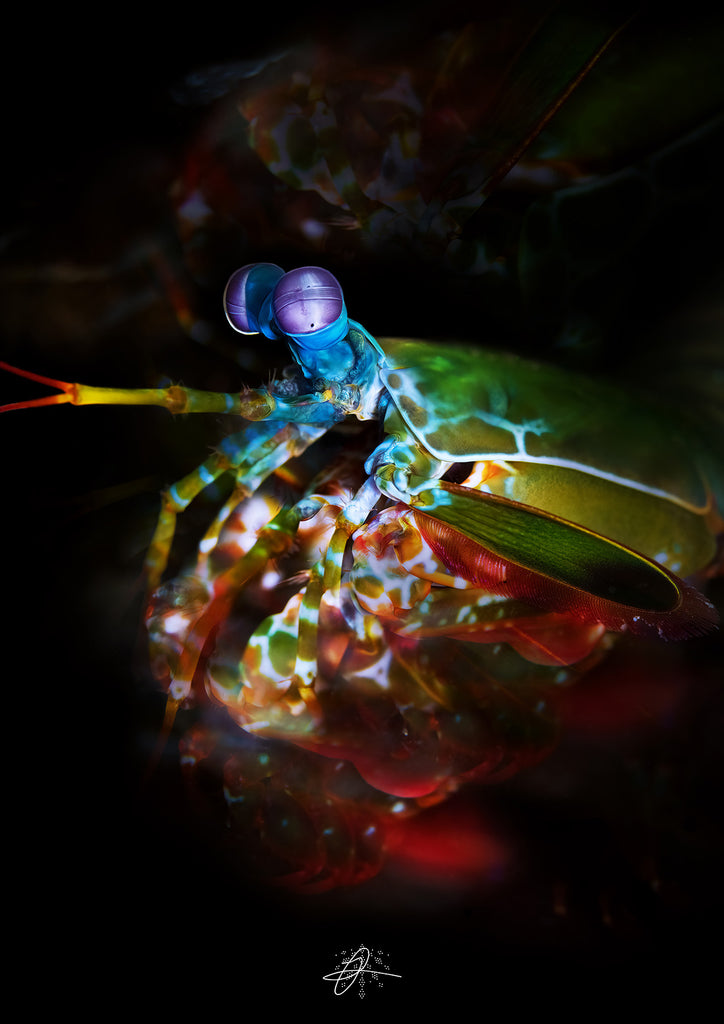
Gravity’s Rainbow // Portrait of one of my favourite animals in the world, the Peacock Mantis Shrimp (or Rainbow Mantis Shrimp). Humans enjoy all of the colours of the rainbow with just 3 colour-receptive cones in our eyes, so it is impossible to comprehend the full spectrum of colour that a Mantis Shrimp can observe with their 16 colour-receptive cones – the highest of any animal known to science. © James Graham
Camera Gear
All of the images in this photo set were captured using a Nikon D850 camera body, the Nikon 105mm f2.8 VR lens, inside the Ikelite 200DL housing. I used a combination of light sources, colour filters or diopters depending on the behaviour of each animal.
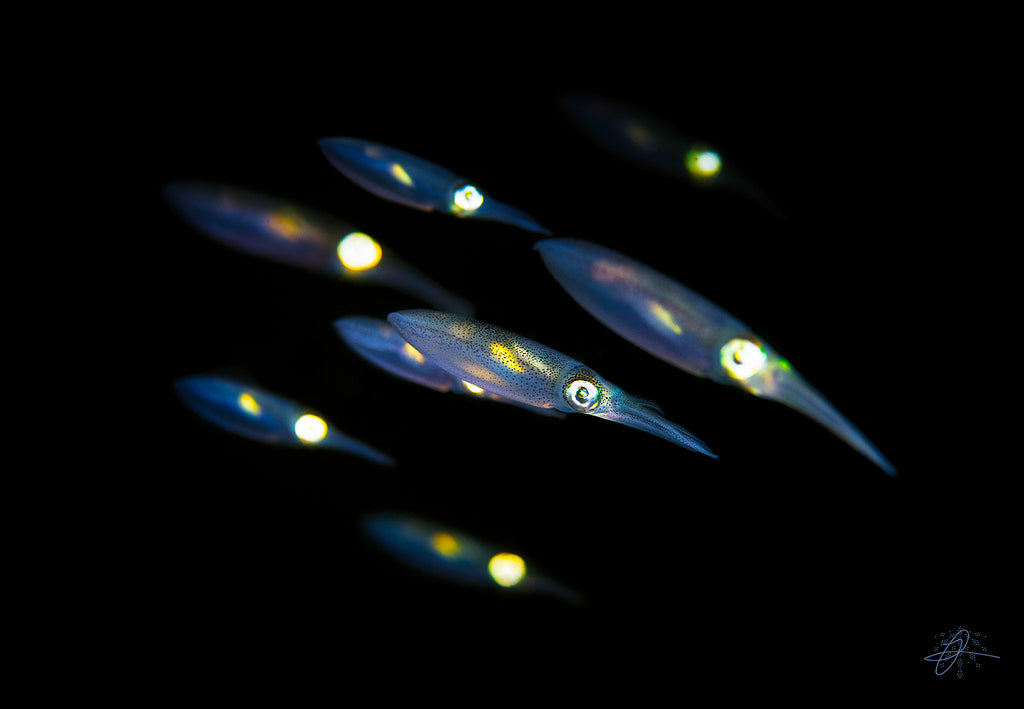
Dark Lanterns // A shoal of Luminous Bay Squid. It is always worth hanging around when you come across a lone squid, because they might just introduce you to their friends! I cannot tell you which of these individuals I found first, but he/she led me to the rest of the group and I managed to capture this shot of them swimming through the midwater in synchrony. © James Graham
I particularly enjoy using Ikelite’s DL 5” flat port for macro photos, as I can attach filters inside the housing rather than relying on wet lenses. I haven’t seen anyone else using this technique yet, so hopefully someone reading this will feel inspired to give it a try!
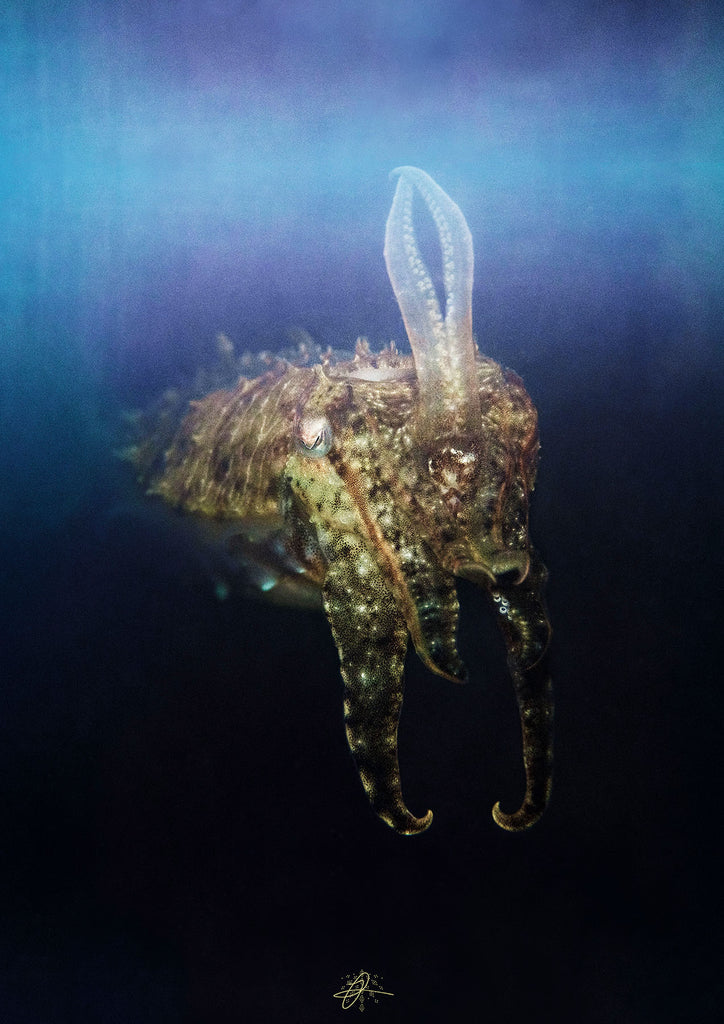
Altered Memories // A Mourning Cuttlefish hovering in the midwater. I managed to create this effect by building a DIY lens mount inside the camera housing, and attaching different filters until I landed on this combination. The hazy blue effect in this image is the result of many trials and tribulations. © James Graham
I recently switched ecosystems to shoot macro video, using the Sony A7RV and Sony FE 90mm f2.8 lens, inside the Ikelite 200DL housing and DL macro flat port. I use multiple lighting options depending on the subject, but prefer to use a strong down-light, with an ambient secondary up-light to imitate the feeling of natural light at any depth.
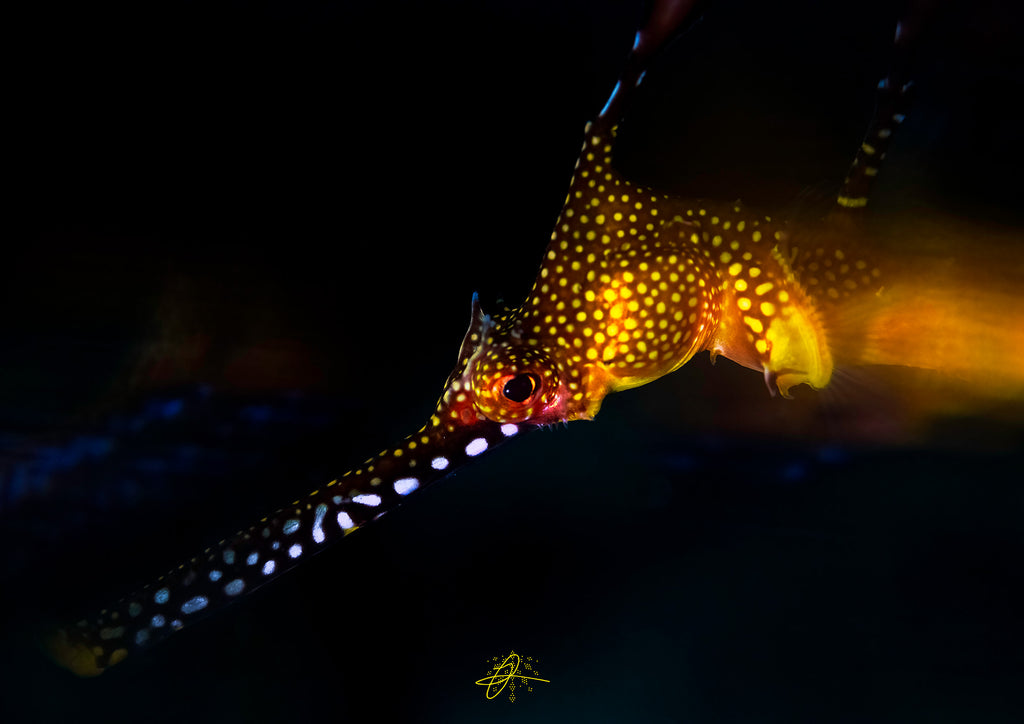
Inner Assassins // Weedy Sea Dragons spend most of their time swaying between sea grass and kelp formations, which they rely on for camouflage and protection from predators. But do not be deceived by their slow demeanour… they are voracious carnivores, feasting on small crustaceans, marine invertebrates and fish larvae. If you happen to encounter one in the water, I highly recommend taking the time to observe the individual from a distance, and they will likely choose to ignore you and resume hunting. © James Graham

Dark Harbours // This is a Southern Calamari Squid, sporting its famously vibrant, aperiodic skin pattern. Each individual has unique colourations and markings, and will sometimes join me during night dives throughout the summer months, as they enjoy hunting small marine invertebrates that are attracted to the lights. © James Graham

Fairy Tales // The Pink Hairy Squat Lobster is tiny, and grows no larger than 1.5cm from toe to tip. They are also not really a lobster, and as such are more commonly named Fairy Crabs, given their intensely pink-purple colourations.
This species are extremely rare due to their specific habitat requirements amongst sponges and soft coral habitats. They are typically found living on Giant Barrel Sponges, and will reside between the folds and projections of the sponge’s external layers.
The Giant Barrel Sponge itself is a marvel of nature, hosting myriad invertebrates and bacteria, while filtering the surrounding reef water for nutrients. The oldest recorded Giant Barrel Sponge is estimated to be ~2,300 years old, and it is likely that they can live much longer. They are affectionately known as the ‘Redwoods of the Reef’. © James Graham
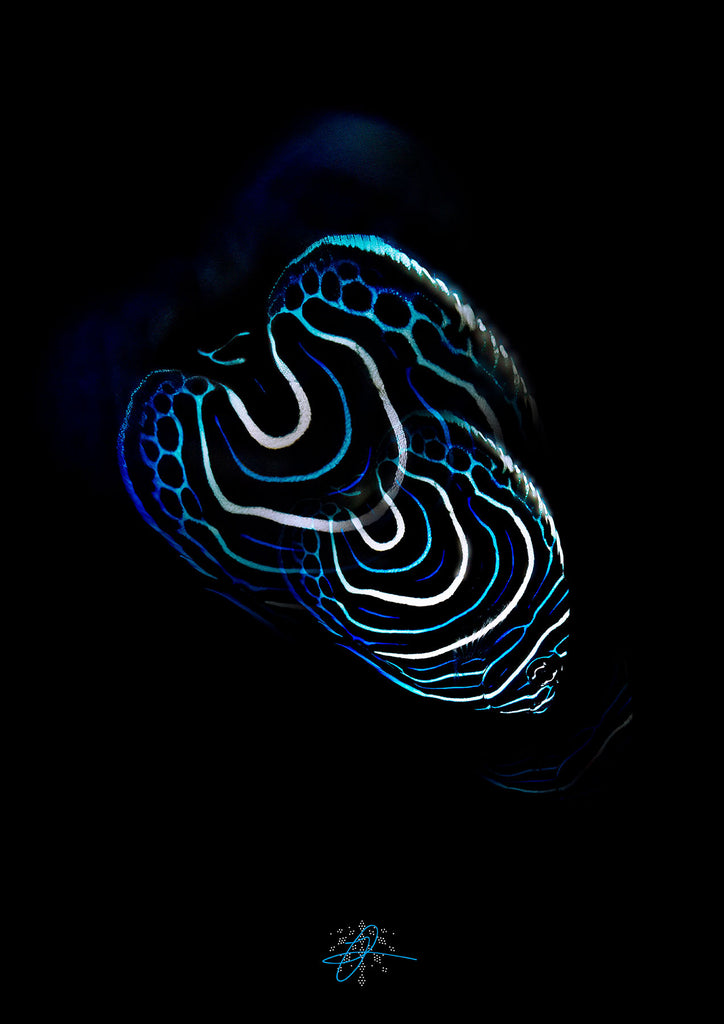
Boy King // A juvenile Emperor Angelfish. This species are omnivorous, and their diet comprises of sponges, small vertebrates, and other reef dwelling organisms such as tunicates. Juveniles will also act as cleaner fish, picking parasites off larger reef fish for an easy feed. Juveniles will typically shelter below ledges, in caves, and between reef cavities, seeking out protection from strong ocean currents and predators. © James Graham
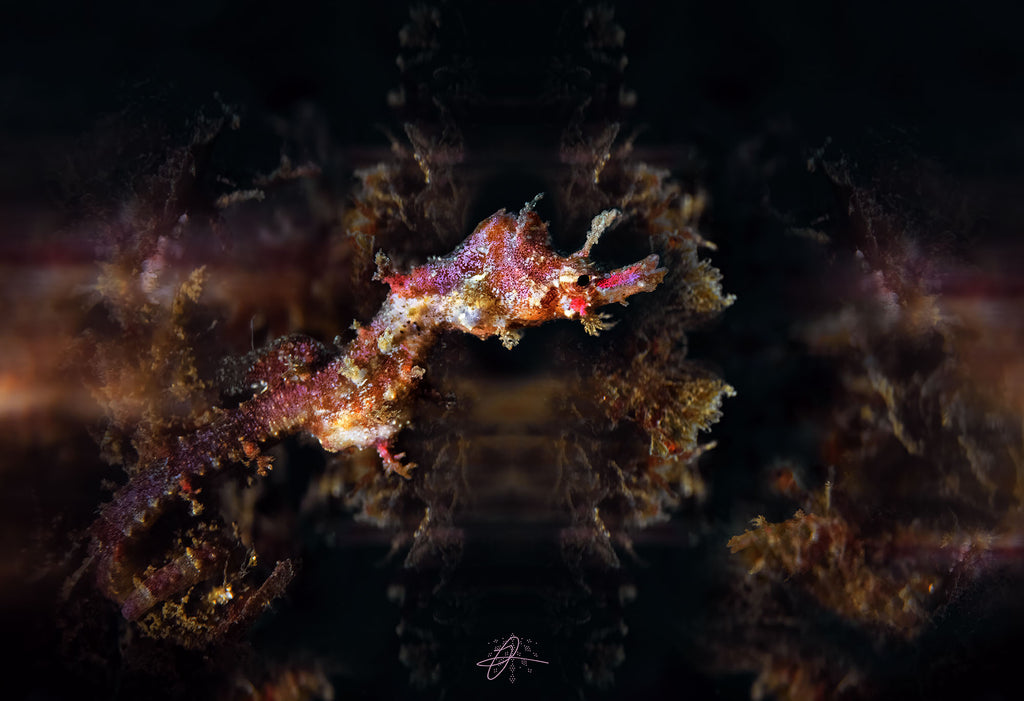
Black Mirror // The Sydney Pygmy Pipehorse is endemic to only a small number of locations around New South Wales, Australia. It is likely that there are plenty more of these stunning creatures living around Sydney’s various dive sites, however they are extremely difficult to find! © James Graham
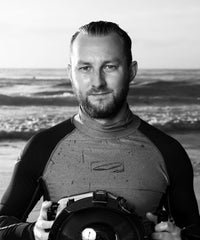 James Graham is an Australian photographer, videographer, divemaster, and animal researcher. For the last decade James has taken his life-long passion of photography underwater where he's honed the craft of macro photography. Recently expanded his creative adventures to underwater macro videography using the Sony a7R V. Check out his latest underwater macro videos on Instagram @withgraham and visit his website www.with-graham.com to learn more about James.
James Graham is an Australian photographer, videographer, divemaster, and animal researcher. For the last decade James has taken his life-long passion of photography underwater where he's honed the craft of macro photography. Recently expanded his creative adventures to underwater macro videography using the Sony a7R V. Check out his latest underwater macro videos on Instagram @withgraham and visit his website www.with-graham.com to learn more about James.Additional Reading
An Insider's Guide to Diving the Great Barrier Reef, Australia
Macro with Black Background Underwater Camera Settings
Why Your Lens May Need a +4 Diopter Underwater
Sony a7R V Underwater Camera Review with Sample Footage [VIDEO]
Maintaining Your Macro Eye | Using Underwater Techniques on Land











